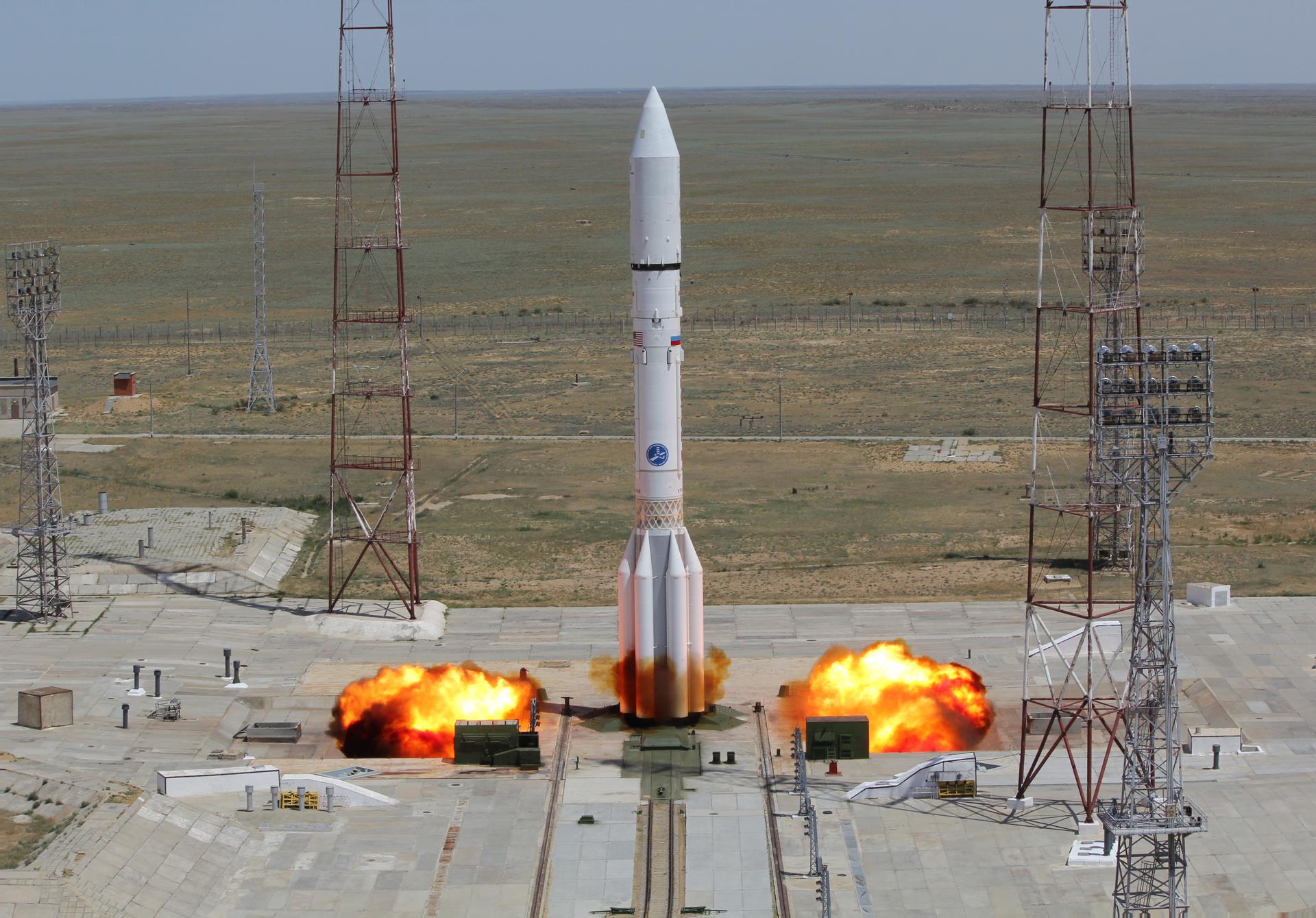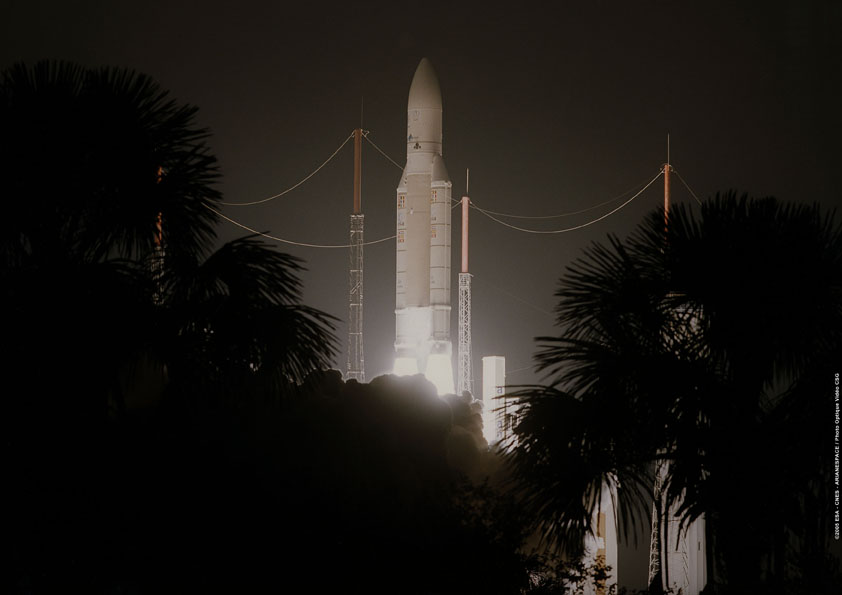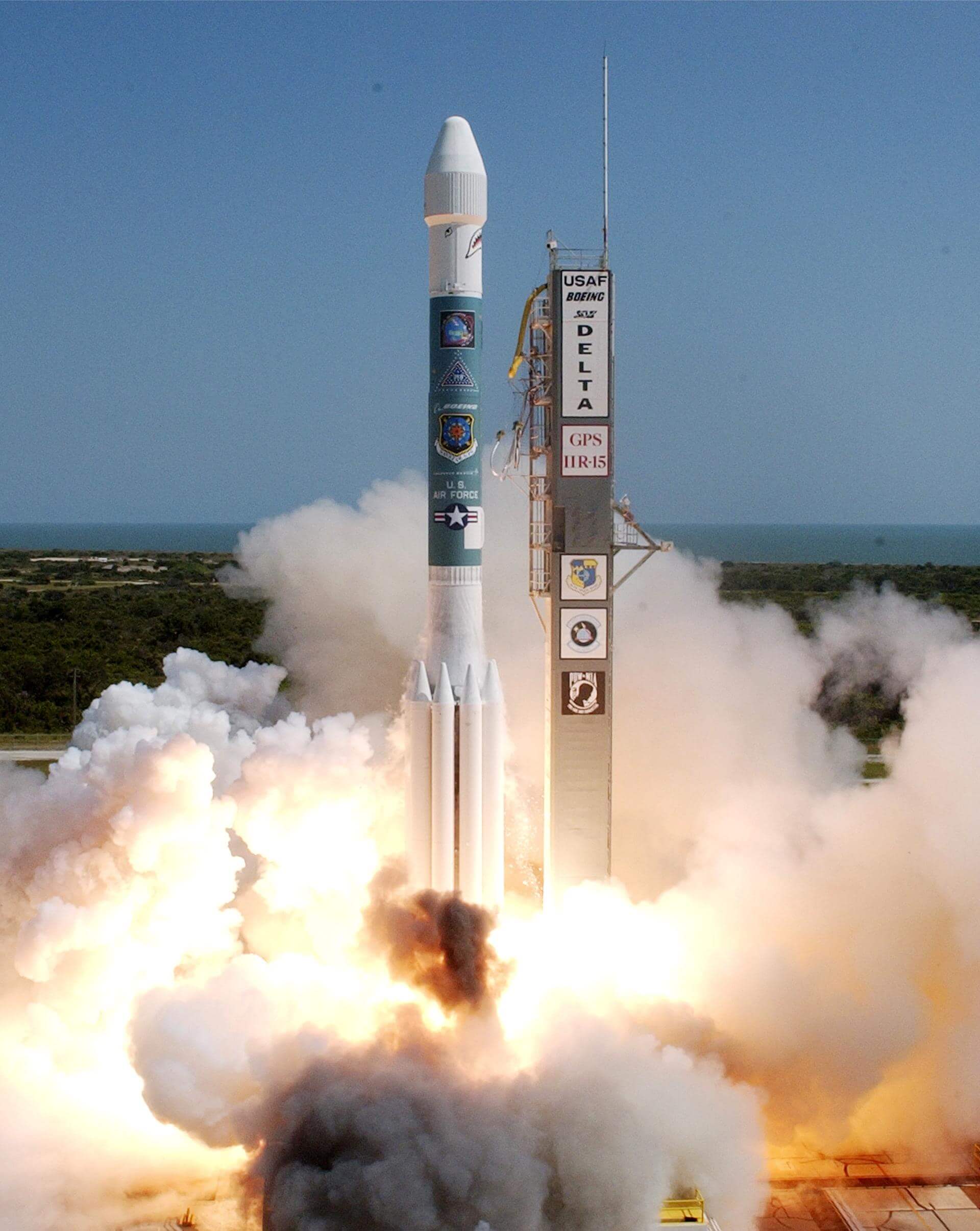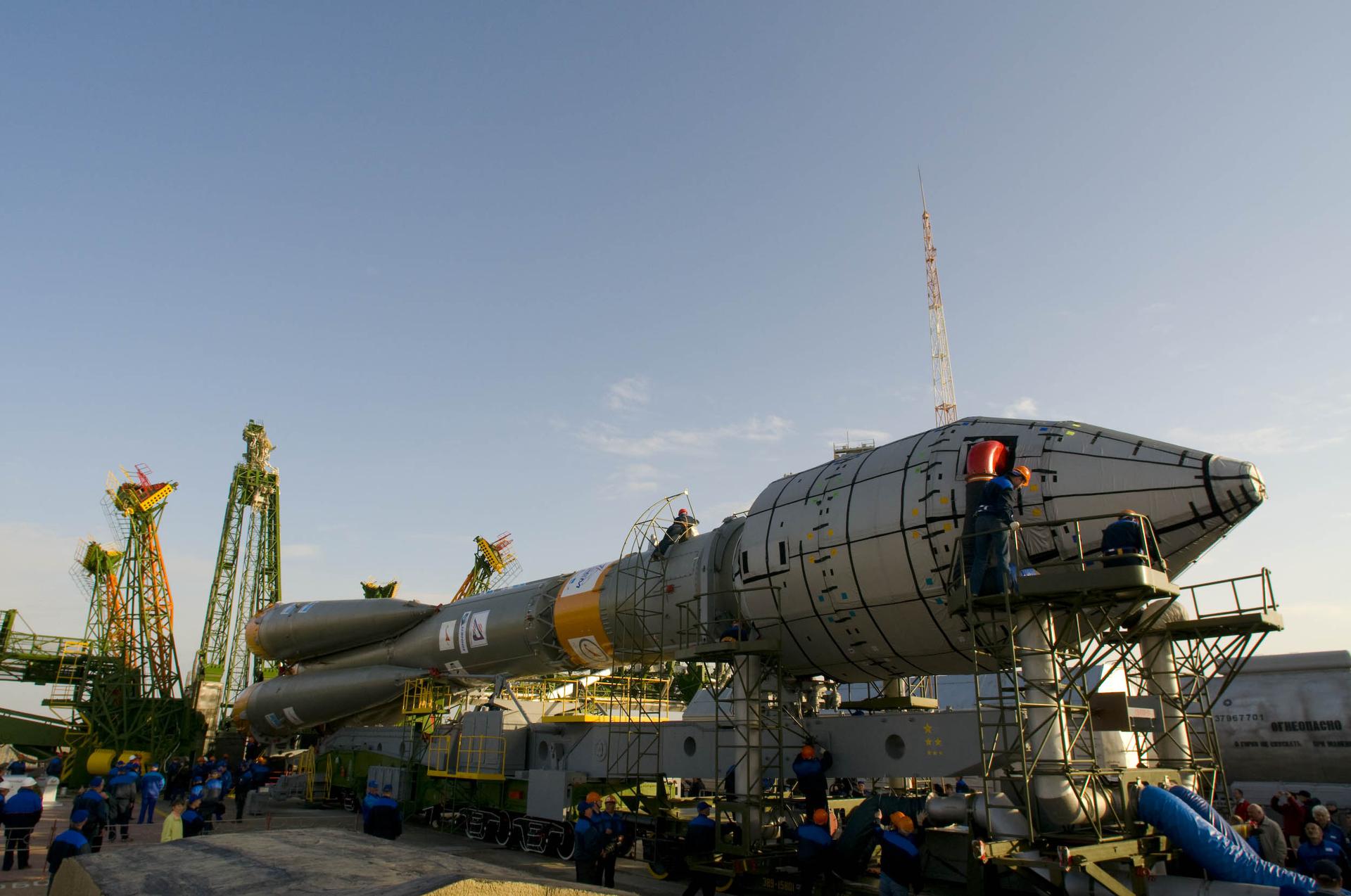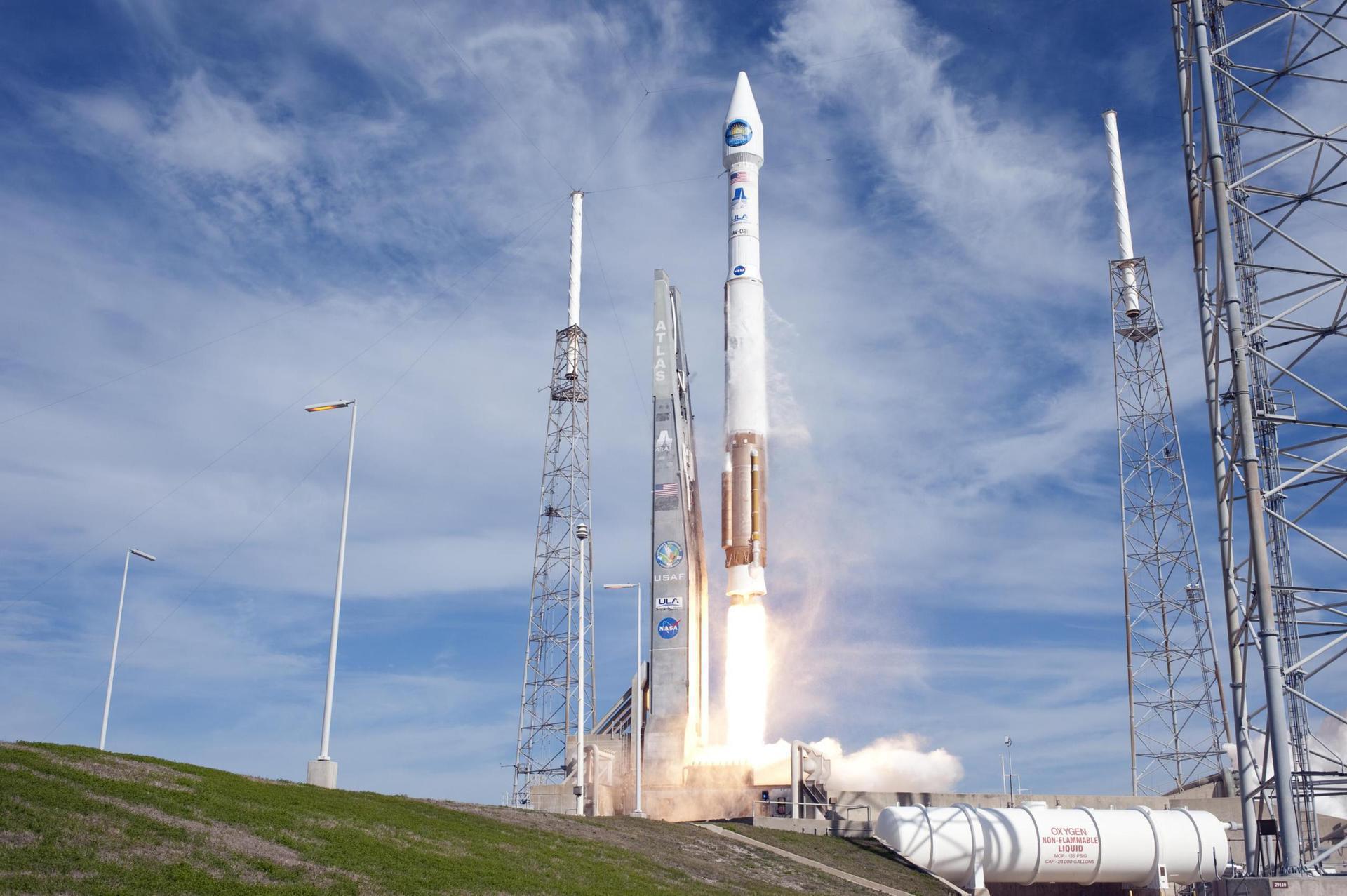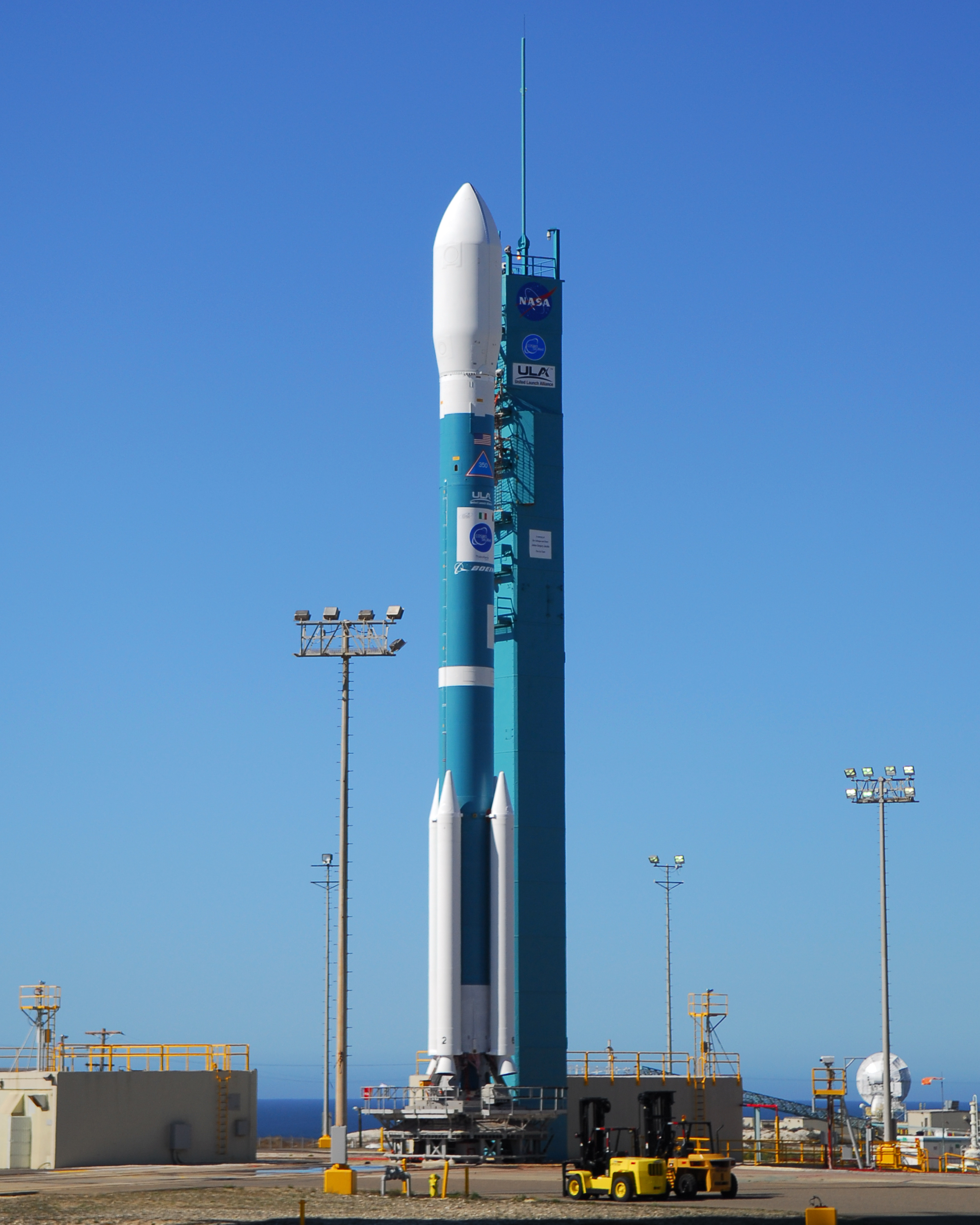Previous Spaceflight Launches
Filter by Agency, Locations or Vehicles
Show All LaunchesZenit | Thuraya 3
Sea Launch | RussiaSea Launch
Jan. 15, 2008, 11:48 a.m.
Proton-M | Uragan-M 12 to 14
Khrunichev State Research and Production Space Center | RussiaBaikonur Cosmodrome, Republic of Kazakhstan
Dec. 25, 2007, 7:32 p.m.
Soyuz U | Progress M-62
Russian Federal Space Agency (ROSCOSMOS) | RussiaBaikonur Cosmodrome, Republic of Kazakhstan
Dec. 23, 2007, 7:12 a.m.
Ariane 5 GS | RASCOM-QAF 1 & Horizons-2
ArianeGroup | FranceGuiana Space Centre, French Guiana
Dec. 21, 2007, 9:41 p.m.
Status: Launch Successful
Mission:
RASCOM-QAF 1 is the first satellite dedicated to the African continent. It operates at 2.85 degrees East, providing telecommunication services. Horizons-2 is a communications satellite owned by Horizons Satellite a joint venture between SKY Perfect JSAT Group and Intelsat. It operates at 74 degrees West.
Geostationary Transfer OrbitDelta II 7925-9.5 | GPS IIR-M-5 (USA-199)
United Launch Alliance | United States of AmericaCape Canaveral SFS, FL, USA
Dec. 20, 2007, 8:04 p.m.
Soyuz-FG | Radarsat-2
Progress Rocket Space Center | RussiaBaikonur Cosmodrome, Republic of Kazakhstan
Dec. 14, 2007, 1:17 p.m.
Atlas V 401 | NROL-24 (USA-198)
United Launch Alliance | United States of AmericaCape Canaveral SFS, FL, USA
Dec. 10, 2007, 10:05 p.m.
Delta II 7420-10 | COSMO-SkyMed 2
United Launch Alliance | United States of AmericaVandenberg SFB, CA, USA
Dec. 9, 2007, 2:31 a.m.
Proton-M Briz-M | Raduga-1M
Khrunichev State Research and Production Space Center | RussiaBaikonur Cosmodrome, Republic of Kazakhstan
Dec. 9, 2007, 12:16 a.m.
Proton-M Briz-M | Sirius 4
Khrunichev State Research and Production Space Center | RussiaBaikonur Cosmodrome, Republic of Kazakhstan
Nov. 17, 2007, 10:39 p.m.

